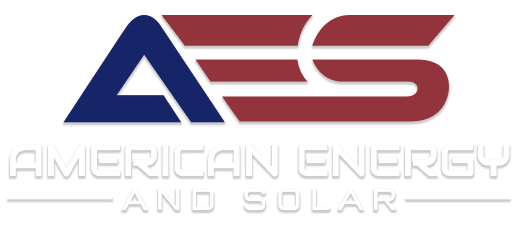Inverters are responsible for converting DC energy collected from the solar cells into AC energy, or useful energy that the home could use. There generally three different types of inverters on market today, and by knowing the advantages and disadvantages of each, you may be able to make a better decision as to which solar inverter is best for you!
String Inverters are the most popular and affordable inverter option. These panels have high efficiency but start to lack in performance when panels are placed in shady areas, and work best when the roofs ideal for solar installation. With string inverters, panels in the same string must have the same orientation so that each has the same power output.
Micro Inverters and Power Optimizers maintain performance in shaded areas and on stubborn roof layouts that force different orientations of the solar cells (with complicated solar panel arrays). Microinverters and Power optimizers require more electrical components and thus repairing the inverter damaged becomes more of a complex chore than with string inverters. These inverters usually allow the monitoring of performance of individual solar panels, usually through some app. This makes the quick identification and troubleshooting of problems easier. Its for these reasons that these inverters come at a higher cost. Also, with a higher degree of complexity comes more potential points for breakdown and the maintenance and replacement of different aspects of the machine might be less straight forward than those with string inverters.
With a string inverter, the power generated is dependent on how the solar panels perform. If one solar panel starts to underperform, the system loses the ability to produce a significant amount of power. This is not the case for microinverters and power optimizers that would ensure a substantial amount of power for the home, even if the system is underperforming.
Spending the additional money for microinverters or power optimizers isn’t always necessary. They are the best option where partial shading or a complicated roof would negatively impact solar panel system performance. If you have an uncomplicated, unshaded roof, a string inverter can provide better value. You should always shop around and compare the cost and savings associated with various equipment options and their cost and savings.
To learn more about Inverter Types, Check out EnergySage’s Guide to String Inverters, Microinverters, and Power Optimizers.
Interested In going Solar?! Contact an AES expert today!
